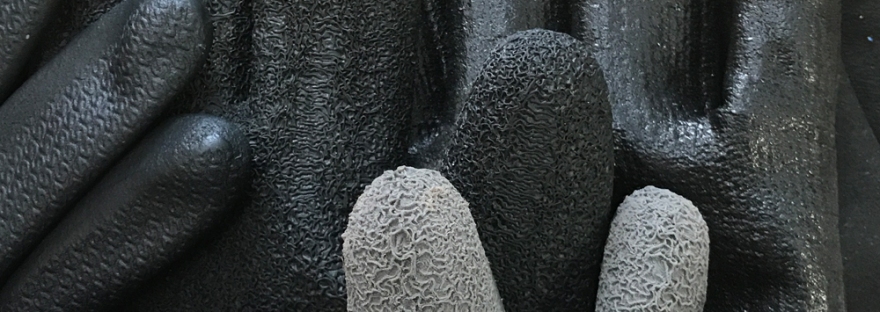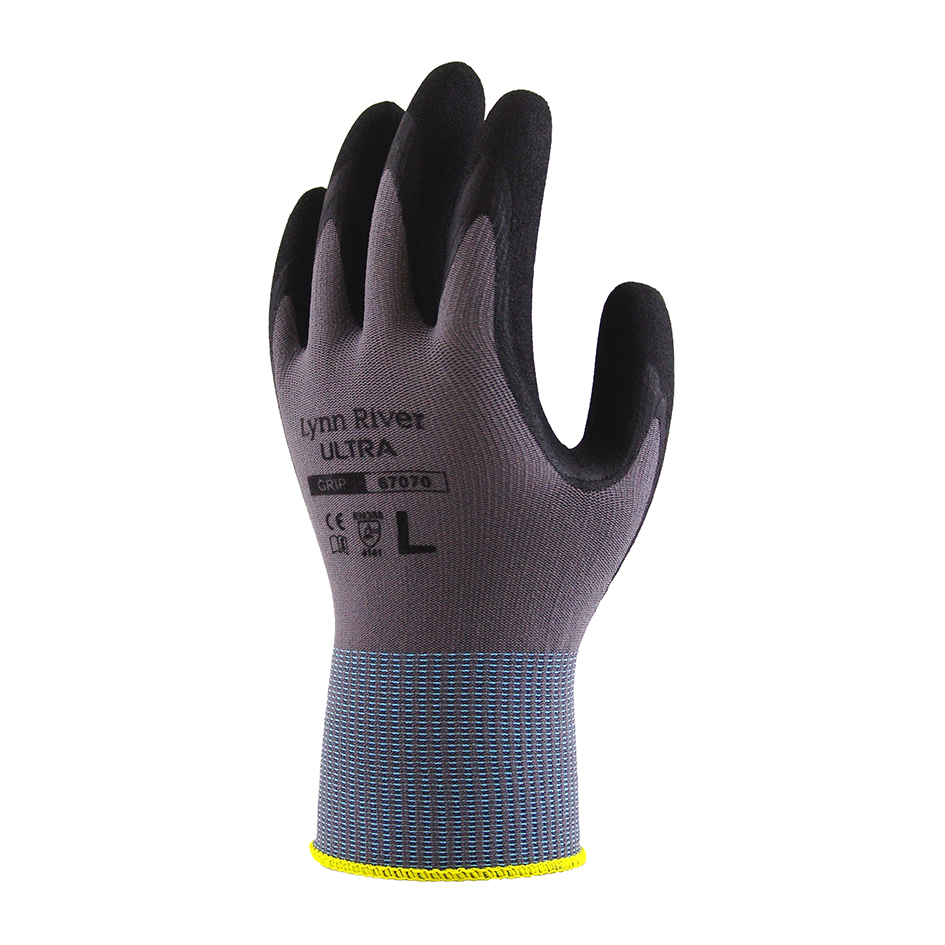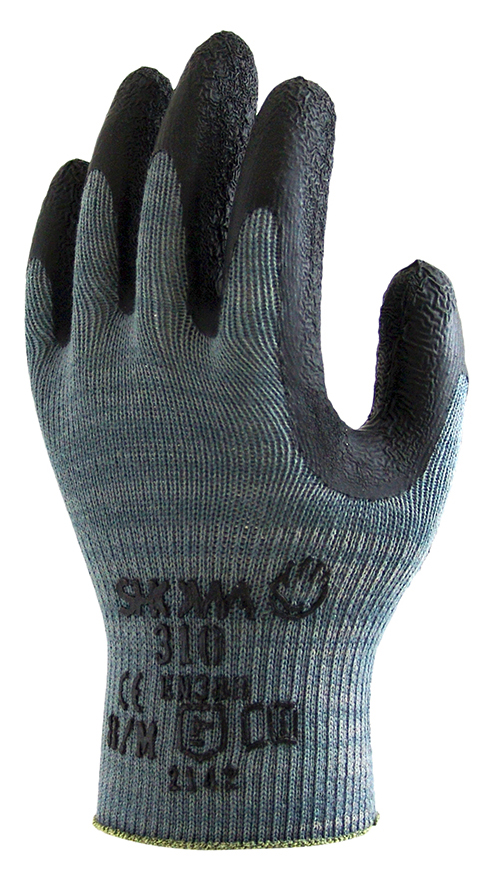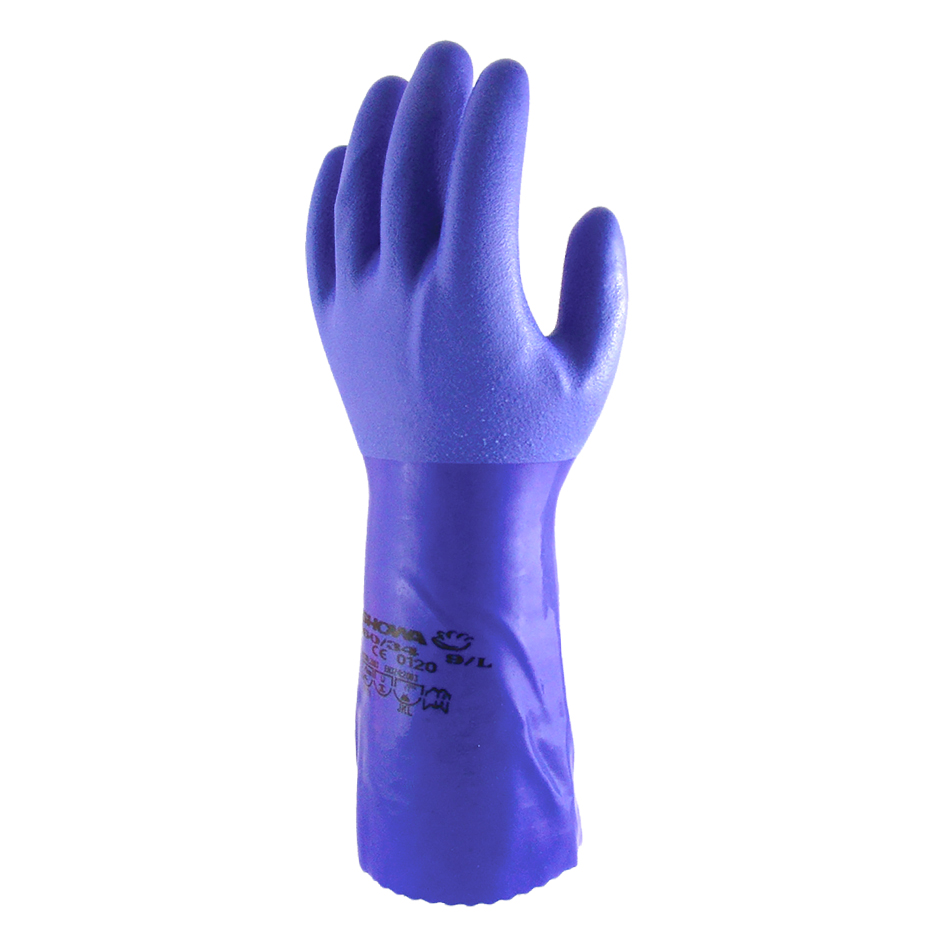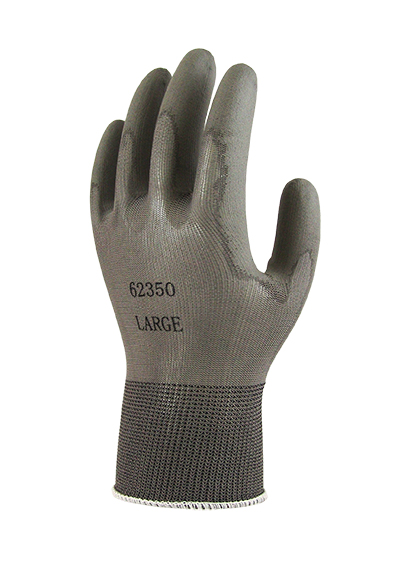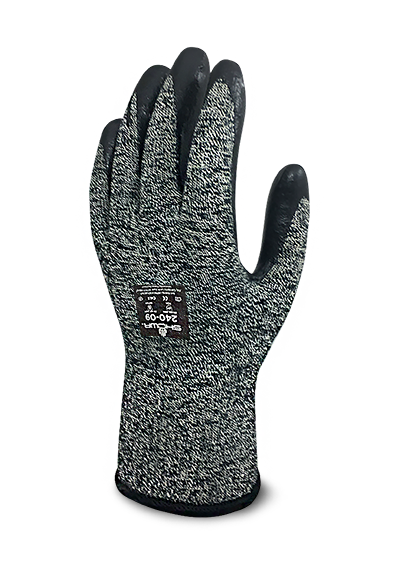When it comes to work gloves, a dipped palm coating can make an amazing improvement in terms of performance and longevity of the glove. There are a number of variations made up from different natural and synthetic rubber compositions. Knowing what dip is best suited for your specific task can have a huge impact on comfort and performance from the glove.
What are the different types of palm coatings:
Nitrile
Foam Nitrile
Latex
Polyvinyl Chloride (PVC)
Polyurethane (PU)
Neoprene
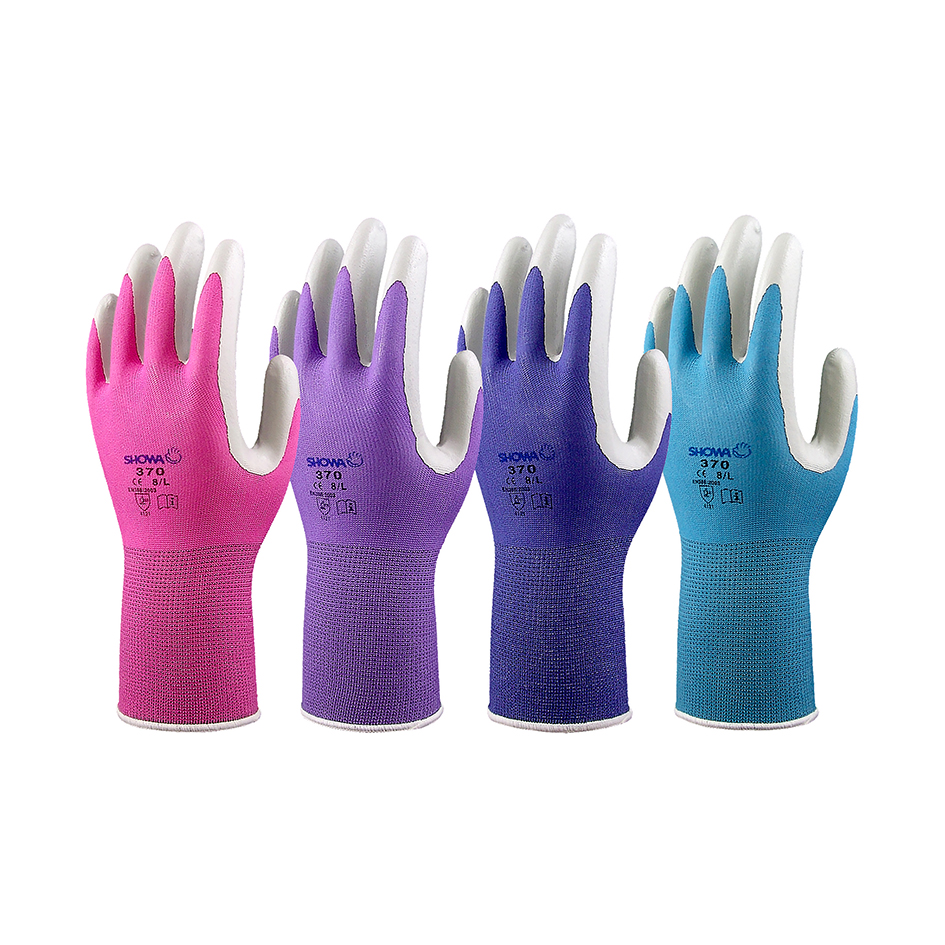 Nitrile Palm Dip
Nitrile Palm Dip
Nitrile is the workhorse of palm coatings. It has become the palm dip of choice as it protects the hands from a variety of different hazards.
Not only does it have excellent puncture and tear resistance, nitrile has a resistance to a large number of chemicals (see ChemRest website for full chemical list).
It can hold its shape and flexibility in a range of temperatures from around -4˚C to 149˚C.
However, If your constantly handling wet and oily items, you would be better suited to a Foam nitrile or latex dip.
Foam Nitrile Palm Dip
Gloves with a foam nitrile dip offer excellent grip for those who handle wet and oily items on a regular basis. The foam make up of the dip allows the oil or liquid to disperse evenly away from the point of contact. It’s like having thousands on tiny little suction cups on your fingertips.
Latex Palm Dip
Latex dipped gloves are soft, flexible, comfortable and very durable… a great general purpose option.
The latex offers excellent grip in most conditions, especially when it’s wet.
Just think of what happens to the skin on your fingers after you spend too much time in the water… you appear to age 60 years and get alarmingly wrinkly. Have you ever wondered why this happens….?
It’s your body’s natural response to allow your fingers to have more grip when handling items in the water. This is the basis for the wrinkle dip on many latex gloves.
PVC Palm Dip
PVC is a synthetic rubber that wont cause any allergic reactions, it is stronger than both latex and nitrile.
While it’s susceptible to punctures, it has excellent abrasion resistance, meaning the glove will last longer while handling rough materials or performing repetitive tasks.
PVC is an excellent choice when dealing with adhesives and glues as they won’t adhere to the glove. This is proven to be a very good option in the woodworking and automotive industries.
Polyurethane (PU) Palm Dip
It is able to grip objects without feeling sticky, much like a second skin.
Neoprene Palm Dip
A neoprene dip offers excellent wet and dry grip, as well as resistance to oils and chemicals (see ChemRest website for full chemical list).
Depending on the thickness of the liner and dip, neoprene also has flame resistant properties which makes it a good option for heat resistant and arc flash gloves such as the showa 240.


